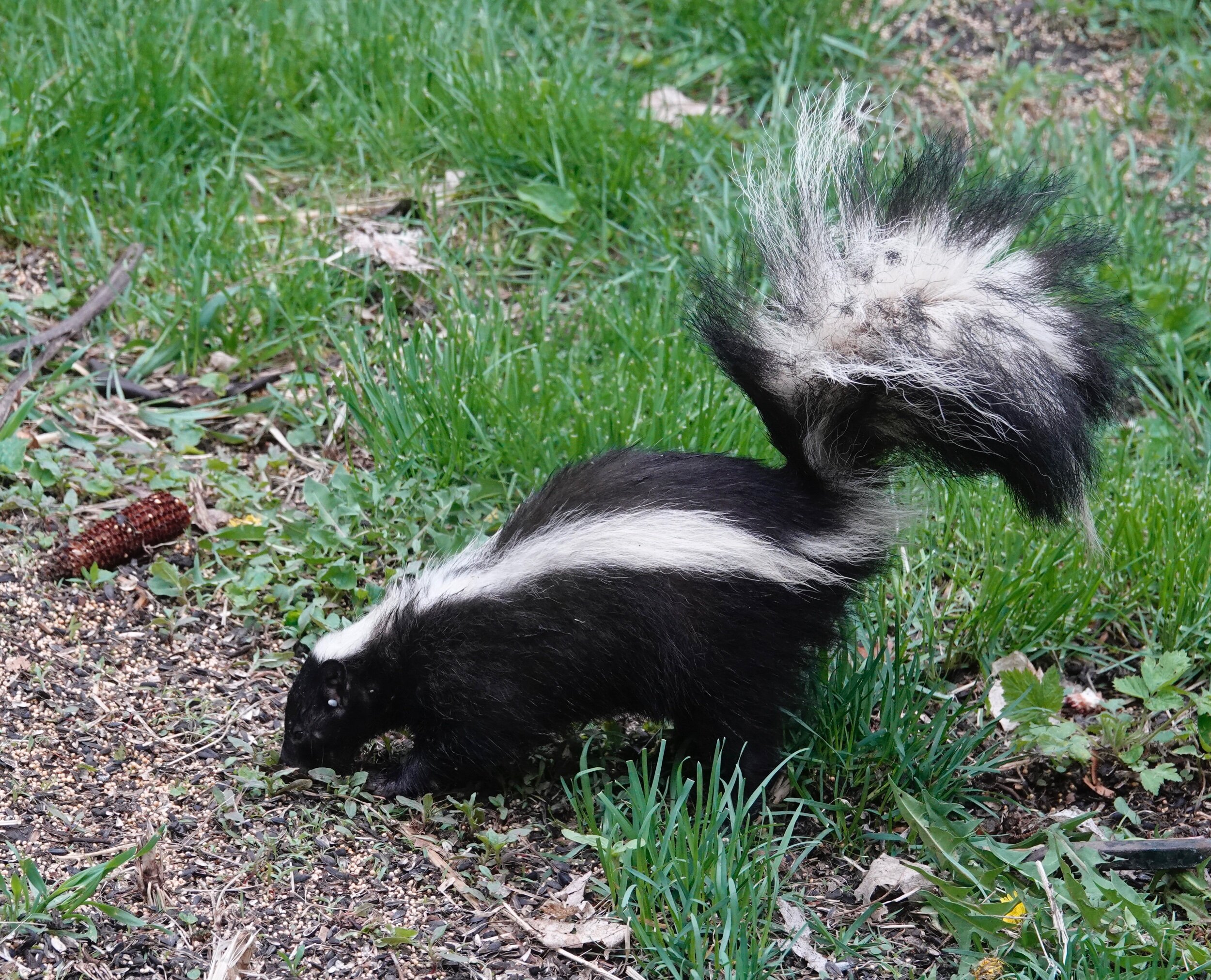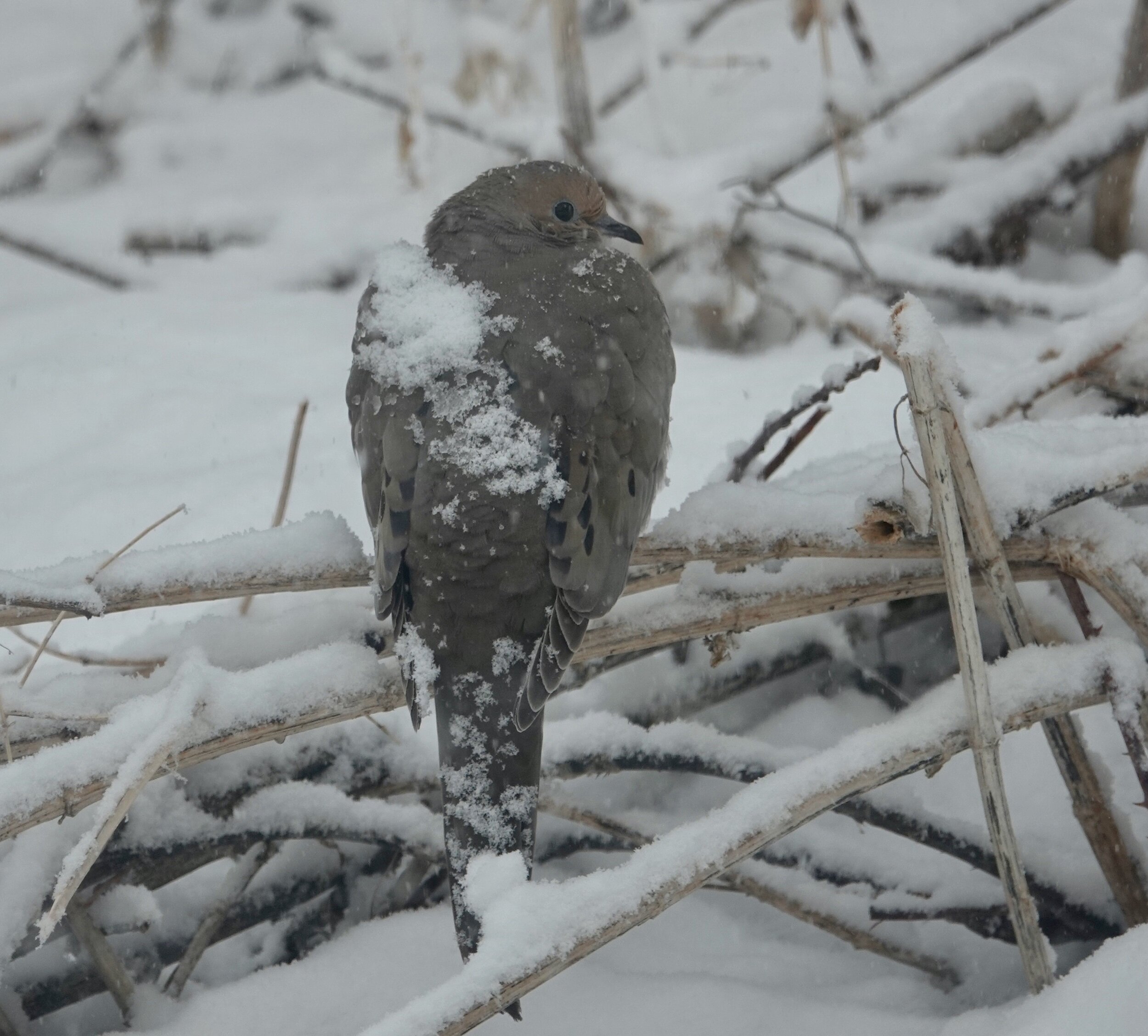http://www.newrichlandstar.com/jnews/index.php/columns/14-compostings/7644-hunkering-down-and-hankering-for-news
Hunkering down and hankering for news
Echoes from the Loafers' Club Meeting
I was walking down a trail in Alaska when I met a grizzly bear. It stood up on its hind legs and went "Rowwwrrr!" I soiled myself.
I would have too.
No, I meant just now.
Driving by Bruce's drive
I have a wonderful neighbor, named Bruce. Whenever I pass his drive, thoughts occur to me, such as: Superstition says if you say "rabbit, rabbit" aloud upon arising on the first day of a month you'll have good luck all month. I often forget, but on the last April 1, I bellowed it for all the world to hear. On a totally unrelated note, my car is getting three weeks to the gallon. One of the many problems of living in unprecedented times is that I may not have appreciated the precedented times enough.
I've hunkered down lower and lower. I'm thankful I've managed to avoid watching marble racing. My wife had worn a mask and gloves to go grocery shopping. I wanted her to wear a HAZMAT suit. I'm a husband. I need affirmation and treats. And news. I asked her if she'd heard any tales from a foreign land (the grocery store). Before she could reply, the phone rang. Someone called to tell me that spring had sprung. That scared me. I hoped the weather wasn't listening. He asked what I was doing while on a short tether. I told him it's important to do something you love. He ended the call by thanking me for reminding him he'd love to take a nap.
Thoughts while trying to stay out of my own way
Few things match the thrill of getting the first mosquito bite of the season.
For many, tornado preparedness is bringing in the plastic deck chairs.
Hindsight is 20-20 unless it's my car's backup mirror, which occasionally has a dirty lens.
I remember staring at a framed display in school. It appeared to be showcasing how acupuncture had proven to be the wrong treatment choice for butterflies. I wonder who collected all those butterflies and what happened to them?
I miss
• Going into a restaurant and ordering an all-day breakfast, even though I wouldn't have the time to be there all day eating a breakfast.
• Trying to get kids outdoors by scattering iPhones all over the lawn.
• Traveling to places like Switzerland. It's a lovely place to visit and its flag is a big plus.
• Waving back at people who I thought were waving at me, but were waving at someone else and having to drop my waving hand as if it were a falling leaf.
I've learned
Roads covered in banana peels are slippery.
It doesn't help much to give a sermon while changing a flat. You'll be preaching to the tire.
Never to walk on a hotel treadmill while watching a track meet on TV.
Oatmeal cookies are often disguised as chocolate chip cookies.
Getting older is the adult thing to do.
When you're self-employed, you spend all day in staff meetings.
Standing on one leg on a bathroom scale isn't an effective diet, but I'll keep trying it.
Marriage teaches you how to have a long argument using nothing but your eyes.
Nature notes
Red-winged blackbirds are the sounds of spring. Rooster pheasants crowed. Canada geese claimed nest sites. That’s a noisy job. Turkey vultures tilted through the sky. The poet Mary Oliver wrote, “Like large dark lazy butterflies they sweep over the glades looking for death, to eat it, to make it vanish, to make of it the miracle: resurrection.”
Tundra swan flocks, eastern bluebirds and brown-headed cowbirds suddenly appeared whenever a birder was near. Cowbirds are brood parasites. They don’t build nests. Instead, they lay their eggs in the nests of other birds. The host birds incubate cowbird eggs and raise the chicks, often to the detriment of their own offspring. Sandhill cranes rattled, trumpeted and bugled as they took flight. Opportunistic omnivores, their varied diet includes waste corn, small mammals, amphibians, insects, reptiles and snails. Northern harriers return when the snow leaves the fields. Once called a marsh hawk, it courses low over the ground while hunting small mammals, reptiles, amphibians, birds and insects. They locate some prey by sound.
Pocket gopher mounds declare the frost is out of the ground. I thought of the garden. I used to plant marigolds around the borders of vegetable gardens to discourage rabbits. I stopped when the eastern cottontails began eating marigolds.
Meeting adjourned
"Kind words, kind looks, kind acts, and warm handshakes — these are means of grace when men in trouble are fighting their unseen battles." — John Hall. Make them air handshakes.
(C) AL BATT 2020







































































